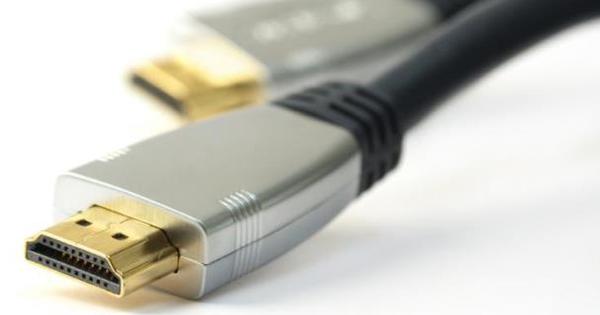If you have an Apple ID, you also have an iCloud email account. It's easy to work with your iCloud from Apple's Mail, on the Mac, or on an iOS device. However, the web version is less known. Too bad, because this portal has some useful features!
Before you can take advantage of the following tips, you need to turn on iCloud. If you already have an Apple ID that you use in the iTunes store, you may not need to set up iCloud. Once you've done that, you can use your email account and the following five tricks.
1. Access email from anywhere
You may be checking email on your Mac, iPhone, or iPad, but you can also access your messages on the web. This is useful when you need to download or send email from a shared computer, as well as when you need to send or receive files on the go.
Log in to icloud.com, and click on it Mail-icon. You'll then have access to all your email — and all your contacts if you've set up iCloud to sync them — so you can send and receive messages and files. This can be useful when you are with a customer or friend and need to print something.
2. Create rules for all devices
You can create rules with Mail for OS X - filters that respond to incoming email messages. But these rules only work on your Mac; on your iPhone or iPad, they won't affect you unless you leave your Mac on all the time. If your Mac is off, your email will simply go to the Inbox of your iCloud account.
But on icloud.com, you can create rules that move messages before they appear on your devices. For example, you can filter your e-mail so that all messages from your employer end up in a specific mailbox.
To do this you need to create a new mailbox; this can be done on your Mac or iOS device, but with iCloud on the web, just click the plus icon next to leaflets, and enter a name for the new mailbox.
Then click on the gear icon at the top right of the iCloud Mail interface and choose Rules. click on Add a Rule, and choose one of the first conditions: if a message is from a specific person, has a certain word in the subject line, and so on. In the next field, enter an email address (for a specific person), a domain name (this will filter all messages from this domain), or one or more words for subject filtering, et cetera.
In the next section you choose Move to Folder, Move to Trash or forward to. Then select the folder in which the message should be placed or the e-mail address to which it should be forwarded. click on Done and the rule will become active.

Now all messages that meet these conditions are filtered on the iCloud server, and you don't have to leave your Mac on for this anymore.
3. Let everyone know you're gone
This is something you can't do in Mail on the Mac or on iOS. If you're away from work or on vacation, you may want to set up an auto-reply so people know when you'll be back. Click the gear icon at the top right of the iCloud Mail page and click Preferences. Click on it Vacationicon and tick Automatically reply to messages when they are received at. Enter the text you want sent and click Done .

You can combine this with rules to forward messages from work to colleagues. After you set up the automatic reply, click Rules and create a rule for specific addresses or domains, and forward it to the person filling in for you. Delete the line once you get back.
4. Forward emails to another account
You probably don't just have an iCloud account; maybe you have another account for work. If you have some messages in your iCloud account, you can choose to forward them all to another account. That way you only need to check one account.
Click the gear icon at the top right of the iCloud Mail page, click Preferences >General. Go to forwarding, and tick Forward my email to at. Then enter an email address, like your other account. You can also Delete messages after forwarding select if you don't want them to stay in your iCloud mailbox.
5. Avoid Spam with iCloud Aliases
Although you only have one iCloud email account, you can create aliases or other addresses that you can use to send and receive emails through that account. In iCloud Email Preferences, click Accounts >Add an alias. You can choose up to three aliases. It's helpful to create one for online shopping, one for friends, and one for work. To avoid spam on your main address, you can specify an alias as your e-mail address when registering.

The Create Mail Alias dialog allows you to choose and label an alias. If the alias you want is already in use, you will receive a message that it is not available. click on OK to save the alias; you can use it immediately afterwards to send or receive e-mail.
[i] This is a loosely translated article from our sister site Macworld.com, written by Kirk McElhearn (@mcelhearn). The opinion of the author does not necessarily correspond to that of ComputerTotaal.nl.

